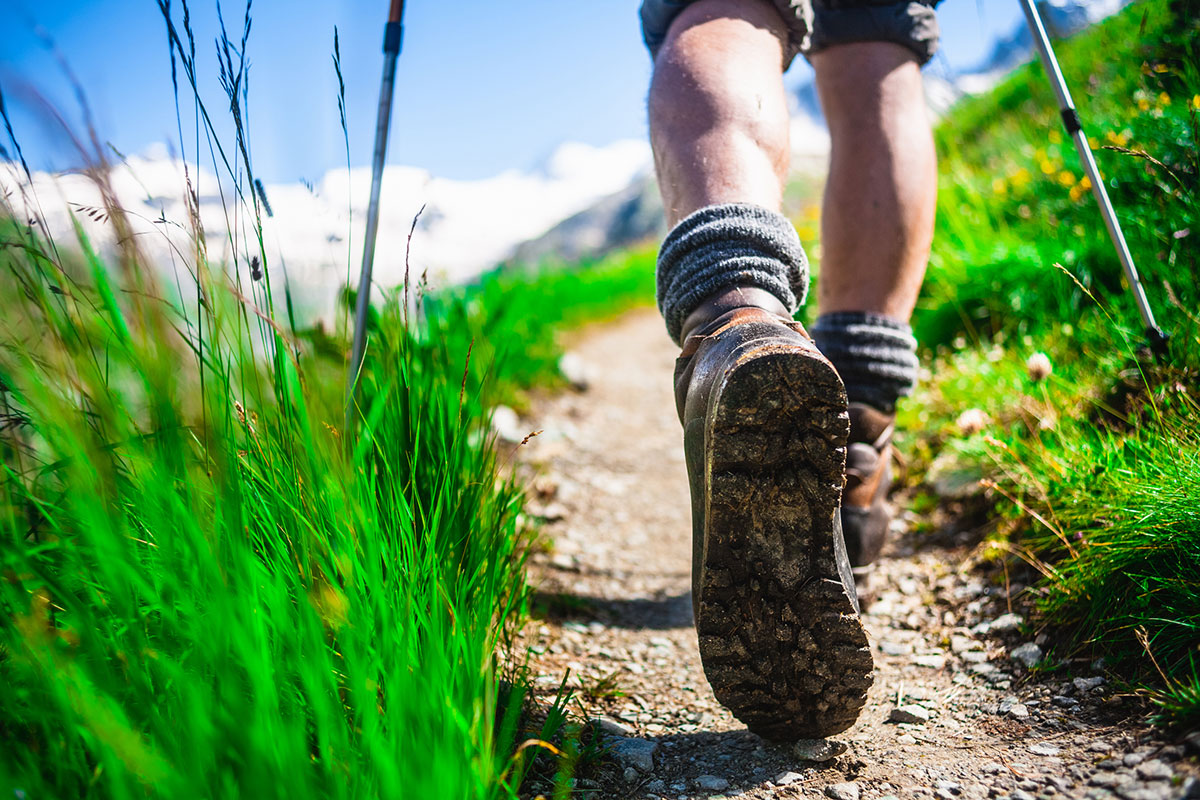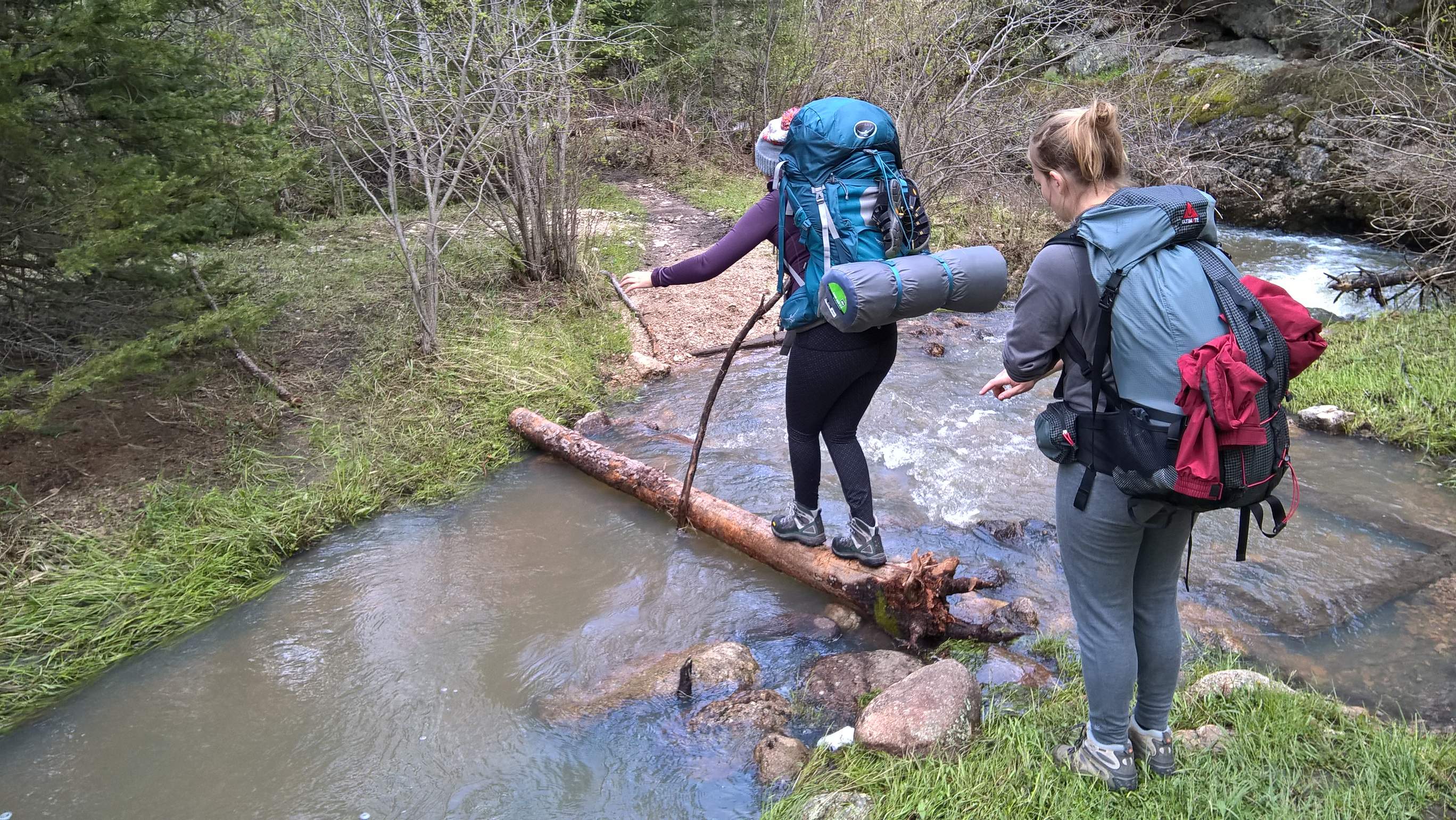
New England is renowned for its stunning fall foliage, and with its scenic mountain peaks, rolling hills, and vast forests, there is no better place for fall hiking. Unfortunately, blacklegged ticks remain active during the fall months, presenting a serious risk to hiker health. These tiny yet troublesome pests are found in grassy, brushy, wooded areas, including hiking trails and woodland paths.
As you gear up for your next hiking excursion, it is crucial to take proactive steps to safeguard yourself against tick bites and the potential transmission of tick-borne diseases. To help ensure a safe and enjoyable outdoor experience, we have compiled a list of tips to minimize your risk of tick encounters.
Determine the Risks:
As long as temperatures are consistently above 35 degrees ticks will be active and looking for hosts. During October and November in New England, adult blacklegged ticks (also known as deer ticks) are looking for one last blood meal to ensure their survival through the winter.
Click here to see what ticks are active in your area.
Dress Accordingly:

Wearing long sleeves and pants can help create a barrier against ticks. Tucking your pants into your socks or boots can further prevent ticks from reaching your skin. Ticks are more attracted to light-colored clothing, so, opt for darker clothing when hiking in tick-prone areas.
Apply Pest Repellent:
There are many options for repelling insects from your body. However, many of these options contain chemicals that are harmful to you and the environment. Choose all-natural tick repellent options that are essential oil-based.
Stay on the Path:

Avoid wandering off hiking paths into tall grass, bushes, or areas with dense vegetation. If you need to take a break, try to avoid sitting on the ground. Choose a spot in the center of the trail, where vegetation is less present.
Dry Your Clothes:
After hiking, place your clothes in the dryer for a minimum of 10 minutes on high heat to kill any ticks that might be on your clothing. If your clothes are damp, they may need to be dried for longer.
Inspect Your Gear:
![]()
Check your hiking gear, such as your backpack and boots, for any ticks before storing it away for the next hike.
Shower After Being Outdoors:
Showering within 2 hours of being outdoors can reduce your risk of tick-borne illnesses. It can help wash off unattached ticks, and it creates a good opportunity to do a tick check
Perform a Tick Check:
Check your body for ticks after being outdoors. Use a mirror to view your entire body. Important places to check for ticks are:
- Under your arms
- In and around your ears
- Inside your belly button
- Back of your knees
- In and around your hair
- Between your legs
- Around your waist
Ticks like the warmest areas on your body.
Remove Any Ticks:
If you find a tick on your body, remove it as soon as possible. There are devices that can be used for easy tick removal, such as the tick key. However, you can also use tweezers to remove them. When using tweezers to remove ticks there are multiple steps you should follow for proper safety:
- Step 1: Use clean tweezers to remove the tick. Grab the tick as close to the surface of the skin as possible to make sure you get the entire body.
- Step 2: Pull upward with even, steady pressure. Make sure not to twist or jerk. It can cause mouth parts to break off and remain in the skin.
- Step 3: Clean the bite area with soap and water or alcohol.
- Step 4: Safely dispose of the tick or secure it to bring to your health care provider. Dispose of the tick by flushing it down the toilet. If you plan to bring it to your health care provider, place it in alcohol or a sealed bag/container.
- Step 5: Follow up with your doctor or healthcare professional about your recent bite.
The thought of ticks can be frightening, but don’t let it stop you from enjoying the beautiful outdoors. There are many ways to take caution and prevent tick bites! If you are concerned about ticks on your property, reach out to us at Pure Solutions.
Any questions? Contact our office team at info@puresolutions!
Sources:
“Field Guide to Ticks.” TickEncounter, The University of Rhode Island, web.uri.edu/tickencounter/fieldguide/. Accessed 27 Feb. 2024.
“Preventing Tick Bites.” Centers for Disease Control and Prevention, 1 July 2020, www.cdc.gov/ticks/avoid/on_people.html.
“Stop Ticks to Avoid Lyme and Other Tickborne Diseases.” Centers for Disease Control and Prevention, 4 Apr. 2022, www.cdc.gov/ncezid/dvbd/media/stopticks.html.
“Tick Bite: What to Do.” Centers for Disease Control and Prevention, 3 Nov. 2021, www.cdc.gov/ticks/pdfs/FS_TickBite-508.pdf.
Wong, F. (2016). A Backpacking Trip in the Black Hills of SD. Retrieved February 29, 2024,.
Koscielniak, W. (2009b). My Way of Hiking. Retrieved February 29, 2024,.
Kirkhart, J. (2009a). American Dog Tick (Dermacentor variabilis). Retrieved February 29, 2024,.

